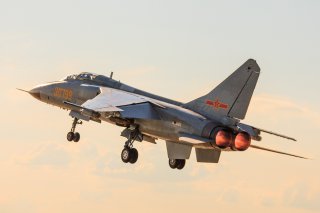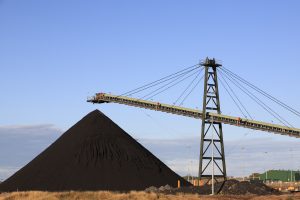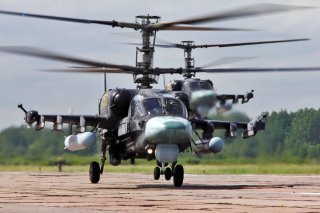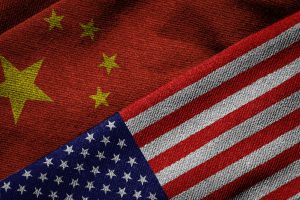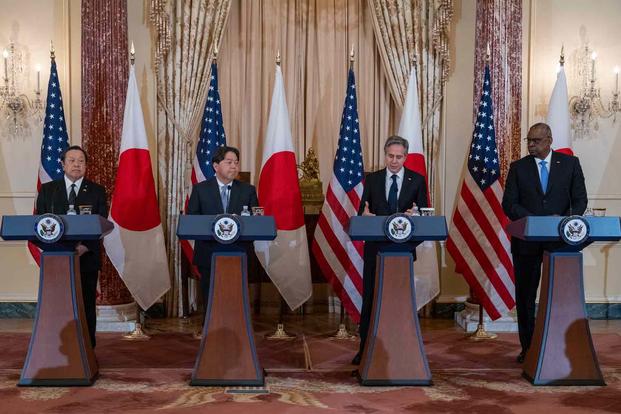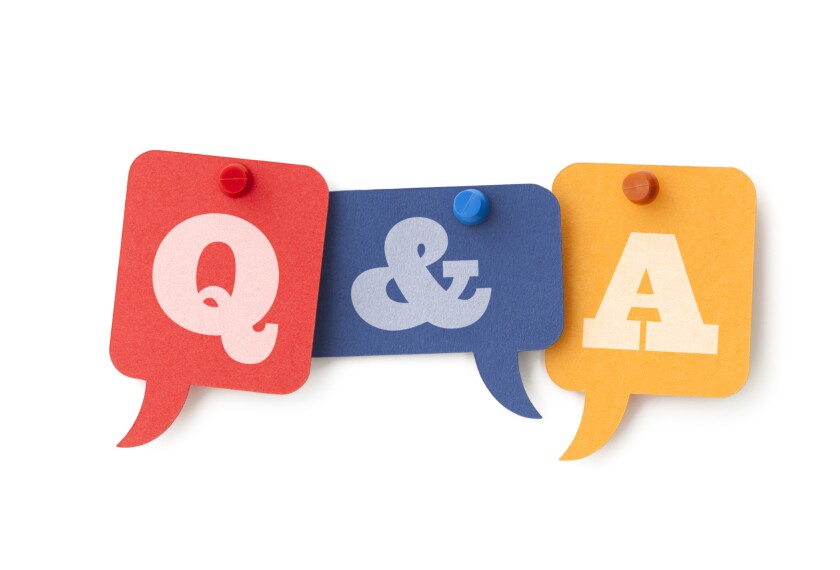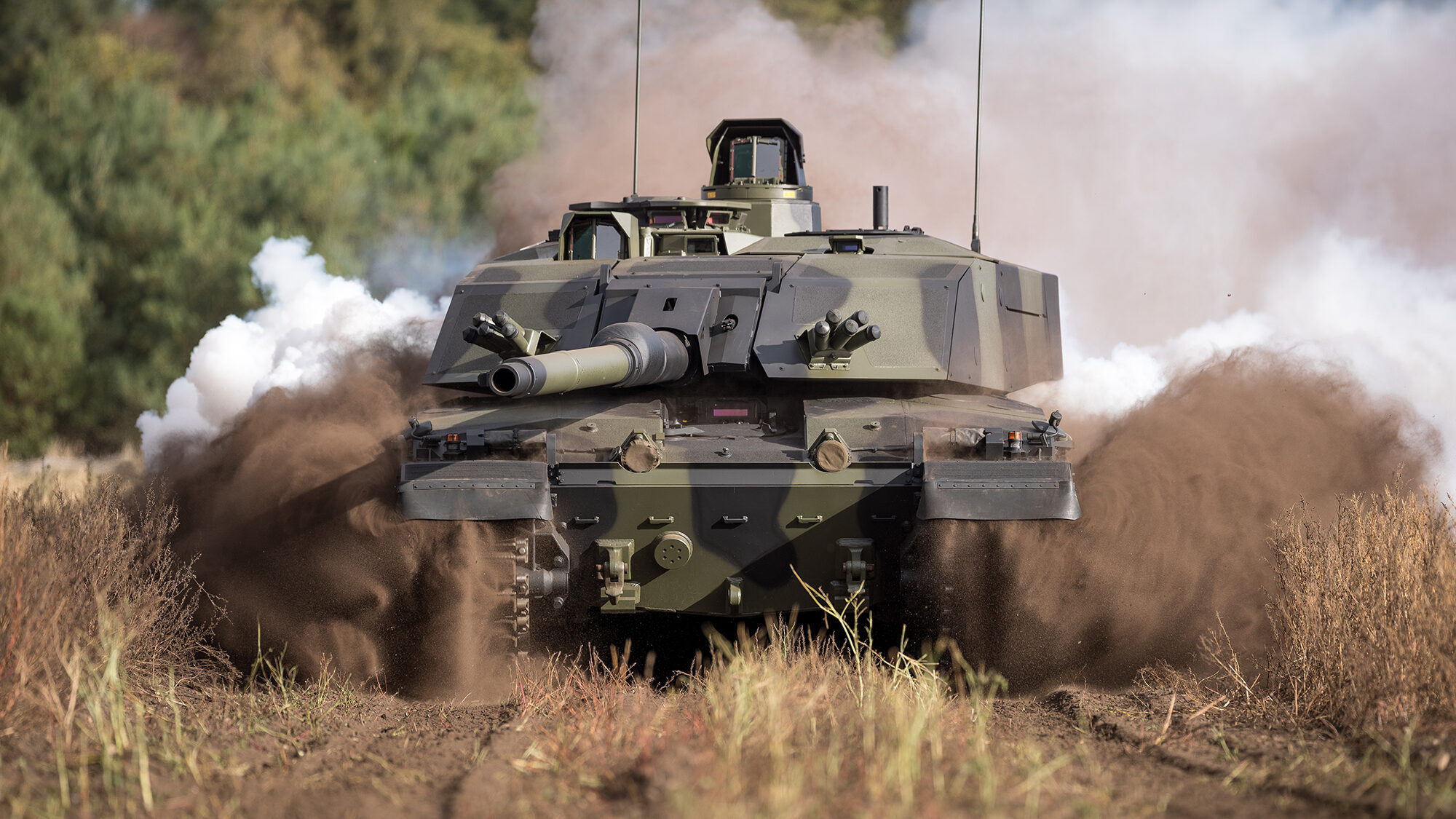Madiha Afzal
1. POLITICAL INSTABILITY, POLARIZATION, AND AN ELECTION YEAR
Politics will likely consume much of Pakistan’s time and attention in 2023, as it did in 2022. The country’s turn to political instability last spring did not end with a dramatic no-confidence vote in parliament last April that ousted then Pakistani Prime Minister Imran Khan from office. Instability and polarization have only heightened since then: Khan has led a popular opposition movement against the incumbent coalition government and the military, staging a series of large rallies across the country through the year.
The struggle for power in Pakistan continues into 2023. While the incumbent government has not ceded to Khan’s demand for early elections, country-wide elections are constitutionally mandated to be held by October this year. It benefits the government politically to hold them off as long as it possibly can as it tries to dig itself out of Pakistan’s urgent economic crisis and its lackluster domestic performance (its diplomatic foreign policy approach has fared better, but that may not matter for elections). The last year has cost it precious political capital, and Khan’s party did very well in a set of by-elections held in July and October. The state has tried to mire Khan and his party in legal cases, relying on a familiar playbook used against opposition politicians in Pakistan, albeit to limited effect, with the courts’ involvement.
Khan’s party still controls two of Pakistan’s four provinces, Punjab and Khyber Pakhtunkhwa (KP), and the incumbent federal government’s (extra-legal) efforts to try to wrest power from it in Punjab, the largest province, have been unsuccessful (thanks to the courts). The year is off to a dramatic start, with Khan’s party initiating the process to dissolve the Punjab and KP assemblies this month to pressure the federal government into early elections.
